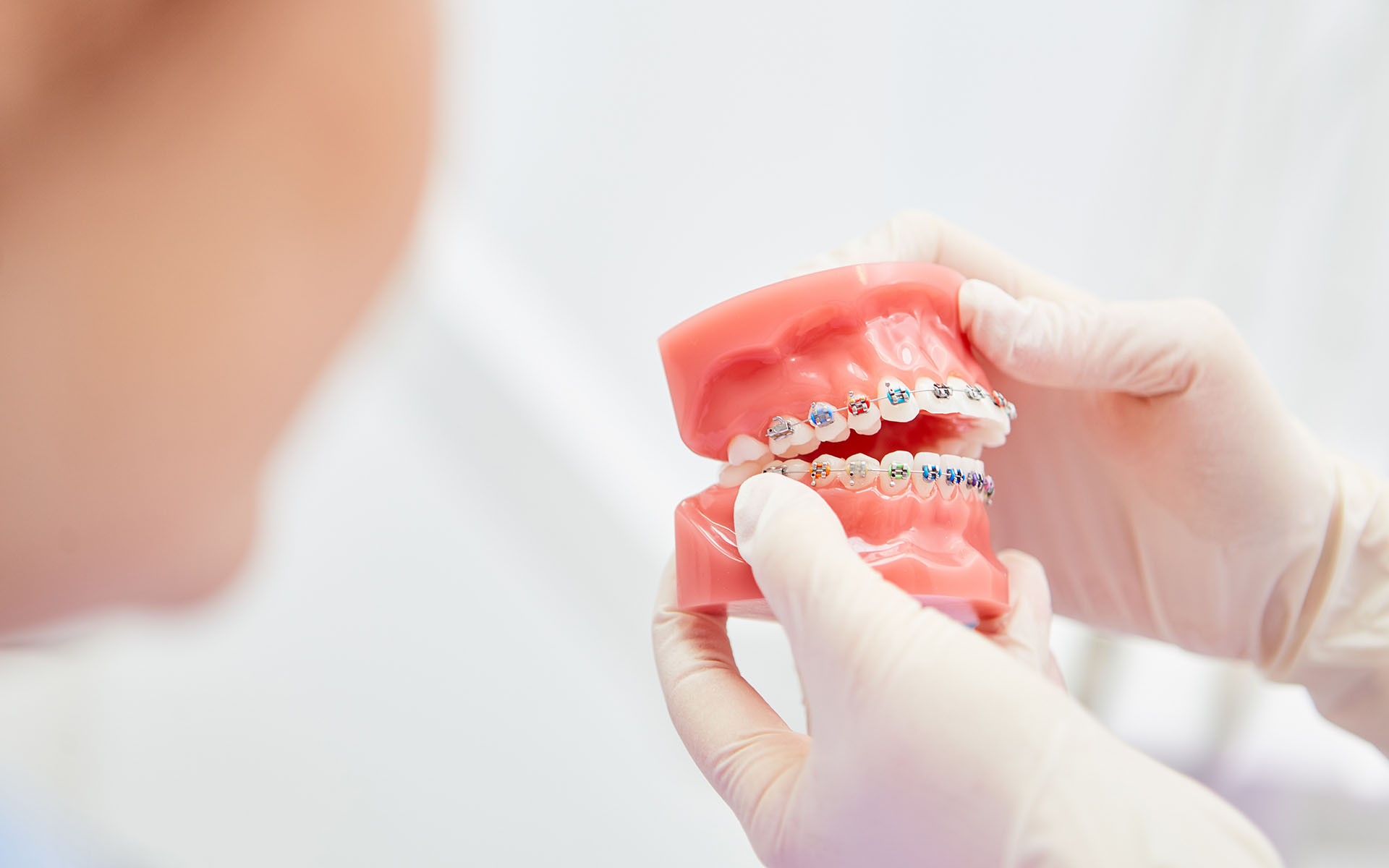
What is Malocclusion (Tooth Occlusion Disorder)?

Tooth occlusion or malocclusion is one of the most common jaw and tooth problems. If you suffer from malocclusion, when you close your mouth, your upper and lower jaws do not align and a “tooth closure disorder” occurs. Malocclusion generally occurs when your teeth are too big for your jaw or if you have crooked teeth. In addition, even if your lower and upper jaws are not aligned, tooth occlusion disorder can be observed. Tooth bite disorders can usually be cured with orthodontic treatments or braces. In some severe cases, surgery may be required.
There are three classes of malocclusion. Classes depend on your bite and whether your upper or lower teeth are misaligned:
- Class 1 malocclusion is the most common. The bite is normal, but the upper teeth slightly overlap the lower teeth.
- Class 2 malocclusion, called retrognathism or overbite, occurs when the upper jaw and teeth severely overlap the lower jaw and teeth.
- Class 3 malocclusion, called prognathism or underbite, occurs when the lower jaw protrudes or protrudes forward, causing the lower jaw and teeth to overlap with the upper jaw and teeth.
How Does Occlusion Disorder Affect Your General Health?
Tooth bite disorders can cause many different health problems if left untreated. Your teeth may rot more easily than normal, you may experience tooth loss and you may suffer from gum disease. In addition, you may not be able to chew food correctly and have difficulty speaking. While your tooth enamel may be damaged, different problems may be observed in your jaw. Tooth bite disorders that are not properly treated can equally negatively affect your mental health.
What are the Causes of Tooth Occlusion Disorder?
Malocclusion can occur for several different reasons:
- When your teeth are too big for your jaw or when you have a narrow jaw, the teeth clenched together and cause problems in alignment between your lower and upper jaws.
- Frequent thumb sucking in infancy or toddlerhood can negatively affect tooth structure.
- If the remaining teeth shift to fill this gap when tooth loss occurs, the tooth structure may be disrupted.
- Malocclusion can be observed in cases where it is hereditary that affects your jaw and causes your teeth to misalign.
In addition, some researchers think that teeth grinding (bruxism) is a risk factor for tooth bite disorder. Untreated tooth occlusion can cause disorders that affect your jaw joints and surrounding muscles and ligaments.
What are the Symptoms of Tooth Occlusion Disorder?
Your appearance is the most common sign of malocclusion. There may be a noticeable "overbite" or "underbite". Overbite or overjet (retrognatism) occurs when the teeth in your lower jaw are far behind the teeth in your upper jaw. Underbite occurs when your upper front teeth are too far behind your lower front teeth. Other symptoms are:
- Difficulty or discomfort when biting or chewing.
- Speech difficulties, including Lisp (rare).
- Mouth breathing (mouth breathing without closing the lips).
- Inability to bite food correctly (open bite).
Dental Implantation Disorder Treatment
Untreated tooth occlusion can cause disorders that affect your jaw joints and surrounding muscles and ligaments. Therefore, treatment is of great importance for patients. Some of the treatment methods that can be applied are:
- Braces treatment to gently align your teeth: The gentle and consistent pull of braces reshapes the bone underlying your tooth socket so your teeth are permanently displaced and aligned.
- Tooth aligners: These are clear plastic appliances that gradually align your teeth.
- Extraction of excess teeth for the jaw and ensuring the correct alignment of the remaining teeth.
- Surgery on your jaw to correct genetic problems or to heal fractures that do not heal properly.
Can Tooth Occlusion Disorder Be Prevented?
Most tooth bite disorders are inherited and cannot be prevented. By preventing your children from thumb sucking, you prevent malocclusion. If you lose your teeth, you can develop a malocclusion. If you have lost your teeth, it would be helpful to consider replacing missing teeth with dental implants or dental bridges.